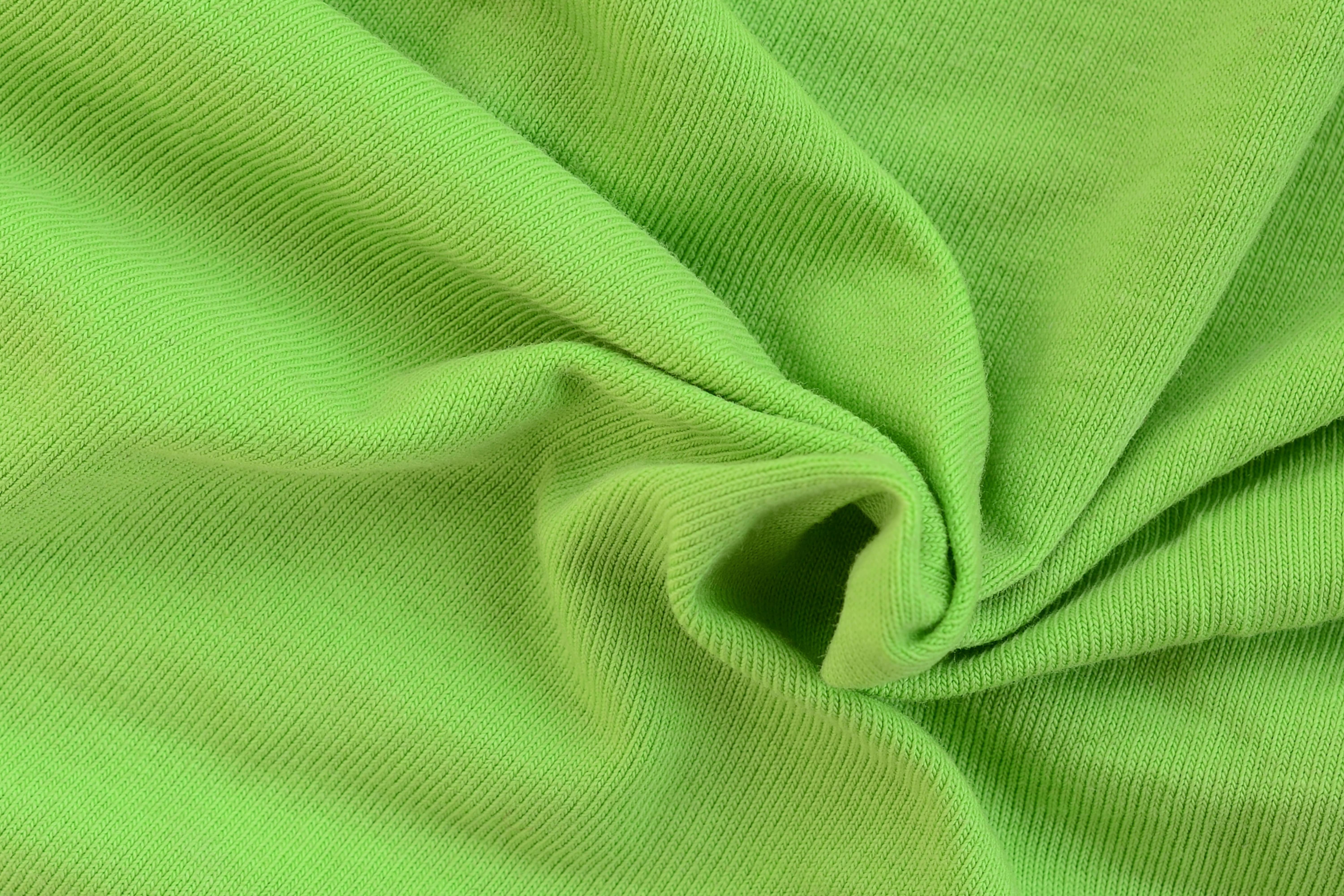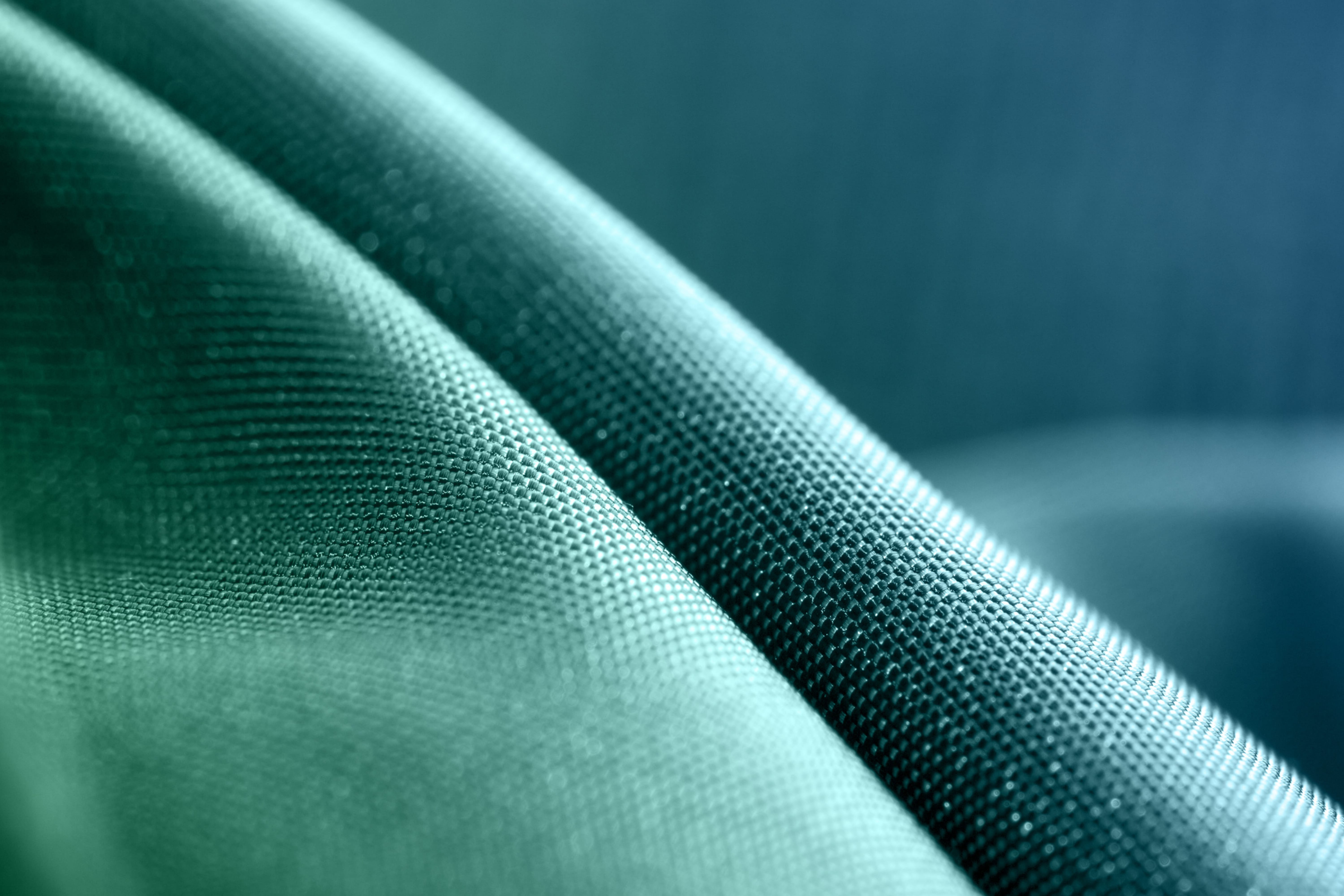Have you ever found yourself caught in the seemingly endless dilemma of fabric selection, pondering over the intrinsic details that differentiate one from another? One of the most debated and contemplated fabric disputes is between Polyester and Silk. Each has its unique qualities, characteristics, benefits, and drawbacks that render them suitable for varied purposes and preferences.
This article aims to dive deep into the distinctive elements of both Polyester and Silk, exploring their composition, production processes, and their impact on our everyday lives. By peeling back the layers, we will reveal the essence of these fabrics, and perhaps we can settle the conundrum of whether or not polyester is, in fact, silk.
1. Understanding the Essence
Before delving into the intricacies of Polyester and Silk, it is crucial to understand their fundamental nature. Polyester, a synthetic fabric, and silk, a natural one, have been intertwined in textile debates due to their varied applications and aesthetic appeal.
Polyester – A Modern Marvel
Polyester, lauded for its durability and versatility, is a synthetic fabric derived from petroleum-based products. It is lauded for its resilience, affordability, and ease of maintenance, making it a prevalent choice in the fast-paced world of fashion and textiles.
- Durability: Known for its strength and longevity.
- Versatility: Finds applications in various fields, from clothing to industrial uses.
- Cost-Effective: Generally more affordable compared to natural fabrics like silk.
Silk – Nature’s Luxury
Silk, the epitome of luxury and elegance, is a natural protein fiber obtained from the cocoons of silkworms. It is renowned for its lustrous sheen, smooth texture, and inherent sophistication, contributing to its esteemed status in the textile industry.
- Soft and Smooth: Offers unparalleled comfort and luxury.
- Natural Luster: Its unique sheen adds an extra layer of elegance.
- Breathable: Ideal for warmer climates due to its breathability.

2. Production Process: A Comparative Glimpse
Understanding the production processes of Polyester and Silk provides insight into their inherent differences and helps determine whether one can truly replicate the essence of the other.
How Polyester is Made
- Polyester is created through a chemical process involving petroleum, air, and water. The method is highly industrial, utilizing advanced technology and machinery to produce fibers that are then woven into fabric.
- Chemical Synthesis: Involves creating a polymer, which is then transformed into fibers.
- Spinning: The fibers are spun into yarns, which are used to weave fabric
- Coloring and Finishing: The fabric undergoes various treatments to achieve the desired color and finish.
How Silk is Harvested
Silk production, or sericulture, is a meticulous and delicate process that involves the breeding of silkworms and harvesting their cocoons to extract silk fibers. This method is more labor-intensive and time-consuming, reflecting the premium nature of silk.
- Silkworm Breeding: Silkworms are raised under controlled conditions.
- Cocoon Harvesting: The cocoons are carefully harvested to extract silk fibers.
- Spinning and Weaving: The fibers are spun into yarns and woven into fabric.
3. Attributes and Performance: Weighing the Pros and Cons
To thoroughly understand the distinction between Polyester and Silk, assessing their attributes and performance in real-world applications is vital.
Polyester Attributes
Polyester excels in durability, and resistance to environmental elements, and is generally easier to care for, making it a convenient choice for everyday wear and varied applications. However, it might lack the breathability and luxurious feel of silk.
- Strength and Resilience: It withstands daily wear and tear efficiently.
- Low Maintenance: Easy to wash and dries quickly.
- Cost-Effective: More accessible due to its lower price point compared to silk.
Silk Attributes
Silk, with its lustrous sheen and smooth texture, stands out as the fabric of choice for luxury and comfort. However, it requires more careful handling and maintenance, and its higher cost might not appeal to everyone.
- Luxurious Feel: Offers unmatched softness and comfort.
- Natural Sheen: Imparts a unique glow and sophistication to garments.
- Breathability: Ideal for varied climates, keeping the wearer comfortable.
Comparison Table: Polyester vs. Silk
[table id=445 /]
4. Environmental Impacts: A Responsible Perspective
Considering the environmental implications of our fabric choices is not only responsible but also enlightening, shedding light on the sustainability aspects of Polyester and Silk.
The Environmental Toll of Polyester
Polyester, being synthetic and petroleum-based, has a substantial environmental footprint, consuming significant energy resources and potentially releasing harmful emissions during production. Its non-biodegradable nature also contributes to environmental degradation.
- Non-Biodegradable: Contributes to landfill waste.
- Energy-Intensive Production: Requires significant energy resources, impacting carbon footprint.
- Pollution: The production process can release harmful chemicals into the environment.
The Eco-impact of Silk
Silk, being a natural fiber, has a lesser environmental impact compared to synthetic fibers like polyester. However, the sericulture process does raise concerns related to ethical and sustainable practices, such as the killing of silkworms and the use of extensive land and water resources.
- Biodegradable: Lesser environmental impact post-disposal.
- Ethical Concerns: The traditional sericulture process involves the killing of silkworms.
- Resource Intensive: Requires significant land and water resources for silkworm breeding and cultivation.
5. Lifestyle and Practicality: Making Informed Choices
Exploring the compatibility of Polyester and Silk with various lifestyles and practical scenarios is crucial. It enables users to make informed and personalized choices based on their individual needs, preferences, and values.
Polyester in Daily Life
Polyester’s resilient nature and easy maintenance make it a popular choice for everyday wear, active lifestyles, and varied applications. Its ability to resist wrinkles, shrinkage, and environmental elements offers practical convenience.
- Active Lifestyles: Ideal for sportswear due to its durability and moisture-wicking properties.
- Everyday Wear: Its resistance to wrinkles and shrinkage makes it convenient for daily use.
- Varied Applications: Its versatility extends beyond clothing to upholstery, containers, and more.
Silk for Elegance and Comfort
Silk, with its luxurious feel and natural luster, is often reserved for special occasions, premium garments, and high-end applications. Its inherent elegance and comfort make it a favored choice for those seeking sophistication and indulgence.
- Special Occasions: Its luxurious feel and sheen make it suitable for elegant attire.
- Premium Garments: Often used in high-end fashion due to its sophistication.
- Comfort and Breathability: Its natural properties make it comfortable and breathable, suitable for intimate wear.

6. Economic Perspectives: Assessing Value and Affordability
Analyzing Polyester and Silk from an economic standpoint is instrumental in understanding their value propositions, affordability, and market dynamics, helping consumers align their purchases with their financial considerations.
Economic Implications of Polyester
Polyester’s affordability, durability, and low maintenance have catapulted it to mainstream popularity, especially among budget-conscious consumers. It provides a cost-effective alternative to natural fibers, facilitating accessibility to varied demographics.
- Cost-Effective: Offers a more affordable option compared to natural fibers like silk.
- Market Presence: Its affordability and versatility have led to its widespread availability and use.
- Longevity: Its durability ensures longevity, providing value over time.
Financial Dynamics of Silk
Silk, being a premium and natural fabric, commands higher prices in the market, reflecting its luxurious status, meticulous production process, and superior comfort. Its economic dynamics are influenced by its perceived value, production costs, and supply chain considerations.
- Premium Pricing: Reflects its luxurious status and production intricacies.
- Perceived Value: Its luxurious feel, natural sheen, and comfort contribute to its high perceived value.
- Supply and Demand: Its pricing is influenced by its availability, demand, and supply chain dynamics.
7. Aesthetic Appeal: Visual and Sensory Experience
Aesthetic appeal is subjective, driven by individual tastes, preferences, and perceptions. Both polyester and silk offer distinct visual and sensory experiences, catering to a spectrum of aesthetic preferences and applications.
Aesthetic Qualities of Polyester
Polyester, with advancements in textile technology, has evolved to mimic the appearance of natural fibers, offering visual appeal and texture variations. It provides a spectrum of aesthetic options, from matte to glossy finishes, catering to diverse preferences.
- Visual Variability: Offers a range of appearances, from matte to glossy.
- Texture Evolution: Advanced technologies have enabled the development of polyester fabrics with varied textures.
- Color Retention: Its ability to retain color enhances its aesthetic longevity.
Sensory Elegance of Silk
Silk, renowned for its natural luster and smooth texture, offers a unique sensory experience, elevating the aesthetic essence of garments and applications. Its ability to drape elegantly and reflect light adds a dimension of visual richness and tactile luxury.
- Natural Sheen: Imparts a radiant glow to garments, enhancing their visual appeal.
- Smooth Texture: Offers a luxurious touch, elevating the sensory experience.
- Elegant Draping: Its natural draping property enhances the elegance of garments.
Study on Aesthetic Preferences in Textiles
Polyester and silk, each with their unique characteristics, essence, and appeal, cater to diverse needs, preferences, and values. Polyester, with its synthetic origin, versatility, and practicality, serves as a functional and accessible fabric for varied applications. In contrast, silk, with its natural origin, luxurious feel, and aesthetic elegance, stands as a symbol of premium sophistication and sensory indulgence.
While advancements in textile technology have allowed polyester to approximate the look of silk, the intrinsic qualities, sensory experience, and luxurious essence of silk remain unparalleled. The choice between polyester and silk is thus a reflection of individual priorities, be it practicality, aesthetics, luxury, or value, fostering a harmonious blend of functionality and indulgence in the diverse tapestry of textiles.
In navigating the intricate landscape of fabrics, understanding, appreciating, and respecting the essence of each material empowers consumers to make informed, conscious, and fulfilling choices, enriching their lives with the multifaceted beauty of textiles.
Conclusion
Polyester and silk, with their divergent origins, processes, attributes, and impacts, serve different purposes and preferences. Polyester, with its synthetic roots, provides durability, versatility, and affordability, while silk offers unparalleled luxury, comfort, and elegance derived from nature. Although polyester attempts to mimic the aesthetic appeal of silk, the inherent properties, feel, and essence of silk remain unreplicated.
It is crucial for consumers to make informed choices based on their values, preferences, and the environmental and ethical implications of their fabric selections. By understanding the nuances of these fabrics, we can appreciate the richness and diversity they bring to our lives, without conflating one with the other.
